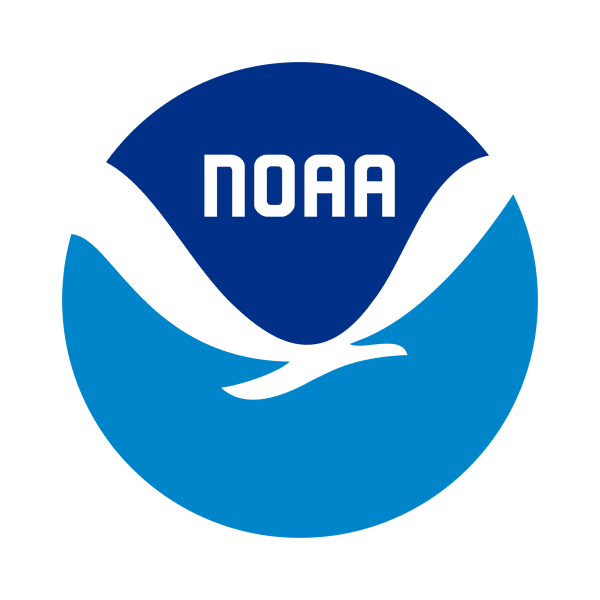Plastic pellets (also called “nurdles”) are small pre-production pieces that are shipped around the world to factories that melt them to produce a variety of products. Pellets are often lost during transit, and because they float can be found throughout the ocean and on beaches everywhere.
 An official website of the United States government.
An official website of the United States government.
Official websites use .gov
A .gov website belongs to an official government organization in the United States.
Secure websites use HTTPS
A small lock or https:// means you’ve safely connected to a .gov website. Share sensitive information only on official, secure websites.
